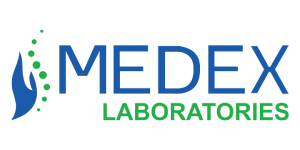Cardio vascular testing
Cardiovascular Testing detects mutations associated with inherited cardiovascular diseases and sudden cardiac death to provide an exhaustive study of genes.
- Panel includes all genes currently known to be associated with the development of inherited cardiovascular diseases that can present as sudden death or other major adverse events.
- Clinical interpretation integrates genetic and clinical data from a proprietary knowledge base curated by expert cardiologists.
- Results may aid definitive diagnosis when clinical information is incomplete or the diagnosis is unclear.
- Genetic study can complement and complete familial evaluations.
At Risk Patients
- Patients with a Family history of cardiovascular, Obesity, Long term, Hyperchromatosis.
- Identification of pathogenic or likely pathogenic variants in dominant disorders or their combinations in different alleles in recessive disorders are considered a molecular confirmation of the clinical diagnosis. In these cases, family member testing can be used for risk stratification. We do not recommend using variants of uncertain significance (VUS) for family member risk stratification or patient management. Genetic counseling is recommended.
Common Symptoms
- Enlarging or enlarged left ventricle in case of dilated cardiomyopathy, thickening or thickened heart muscle especially left ventricular septum leading poor flow of blood in case of Hypertrophic CM. The above conditions will lead to breathlessness, swelling of legs, ankles, cough while lying down, dinginess, rapid heartbeats.
Advantages
- 1To verify whether the disease is caused by a genetic mutation
- To verify the risk of developing cardiovascular due to family history and preliminary symptoms
- To verify whether an individual has inherited a condition from one of their parents (despite them not showing any symptoms).
- To see if an individual is likely to pass cardiovascular to his/her children.
- Helps in early detection or likelihood of getting cardiovascular and aids in future disease management.

